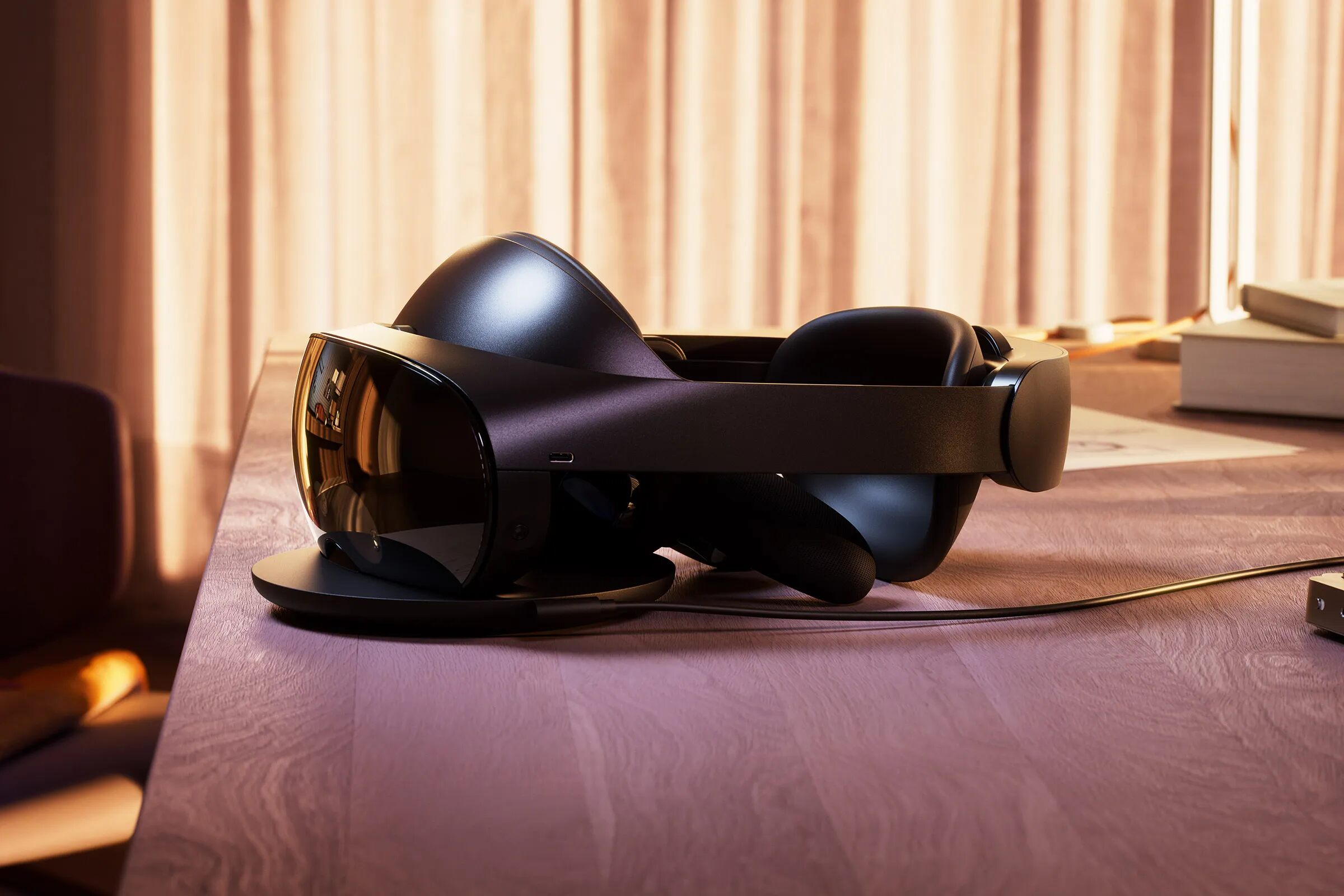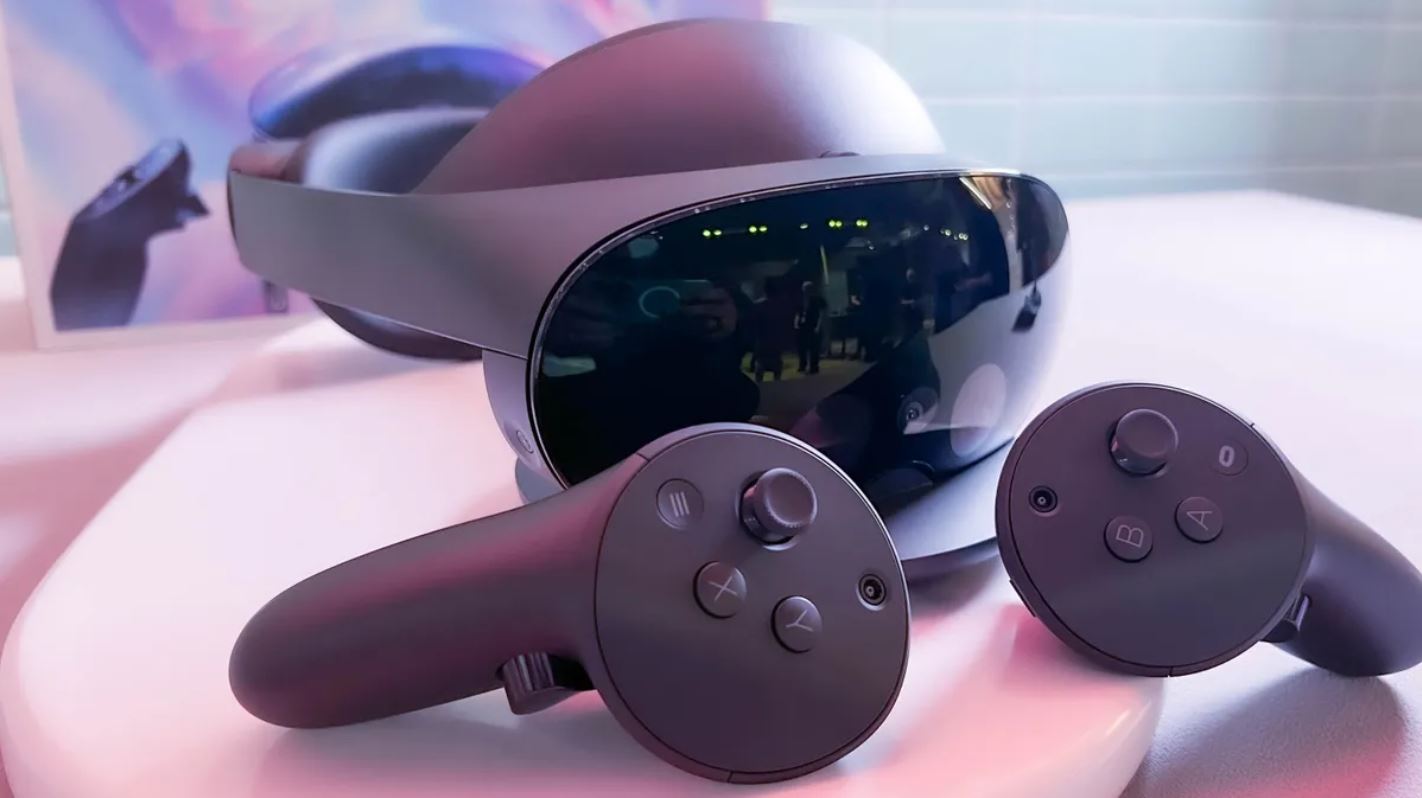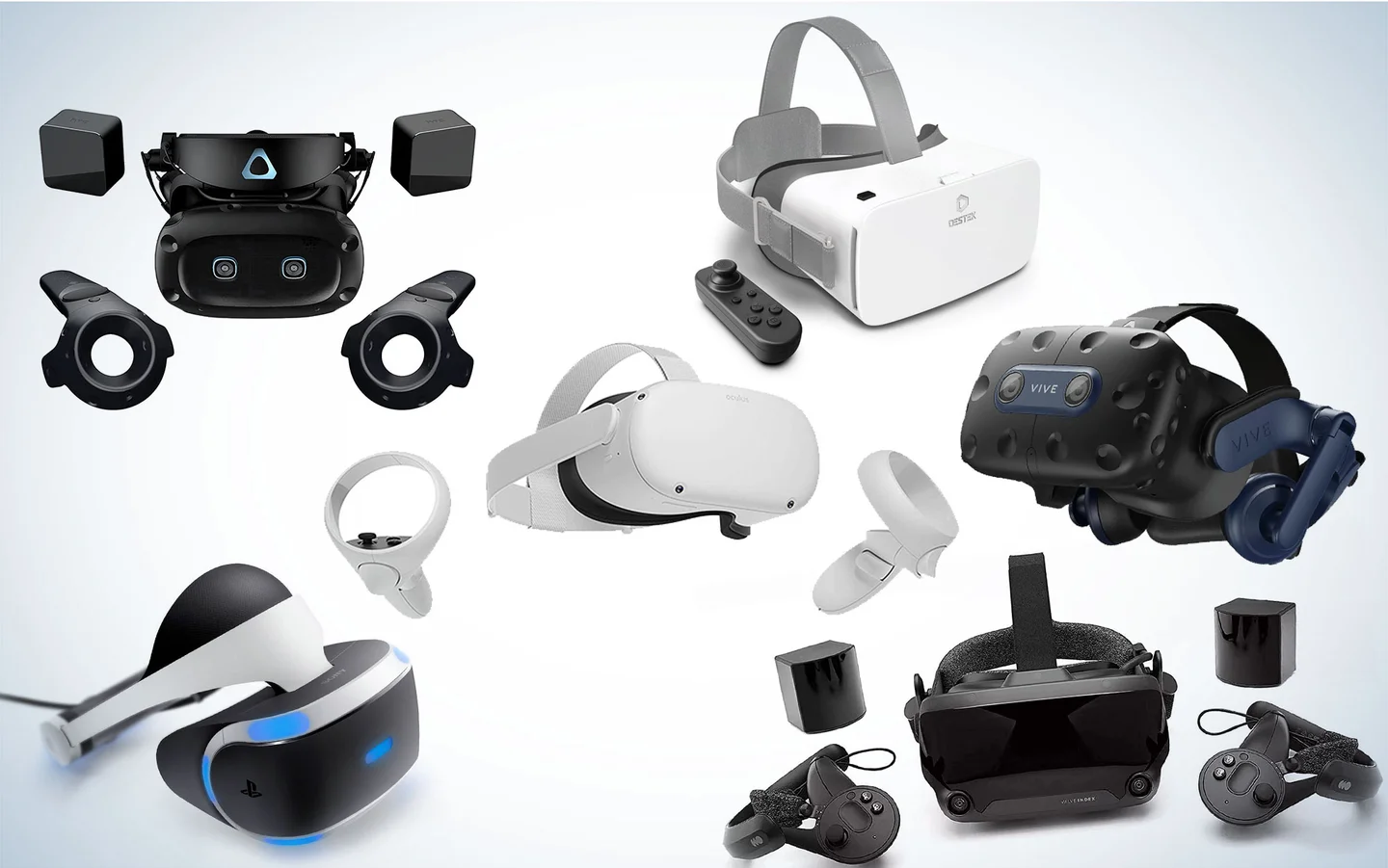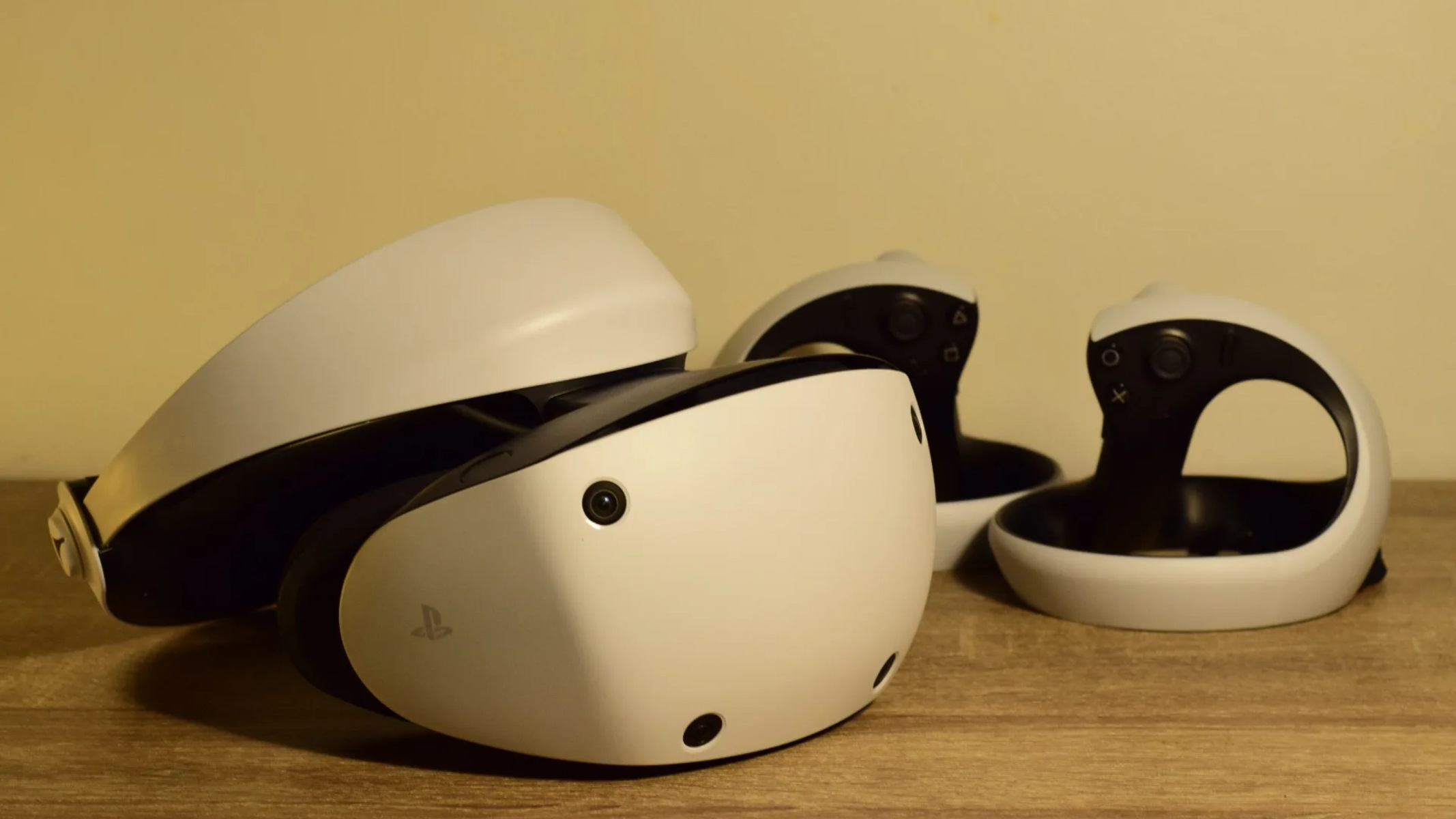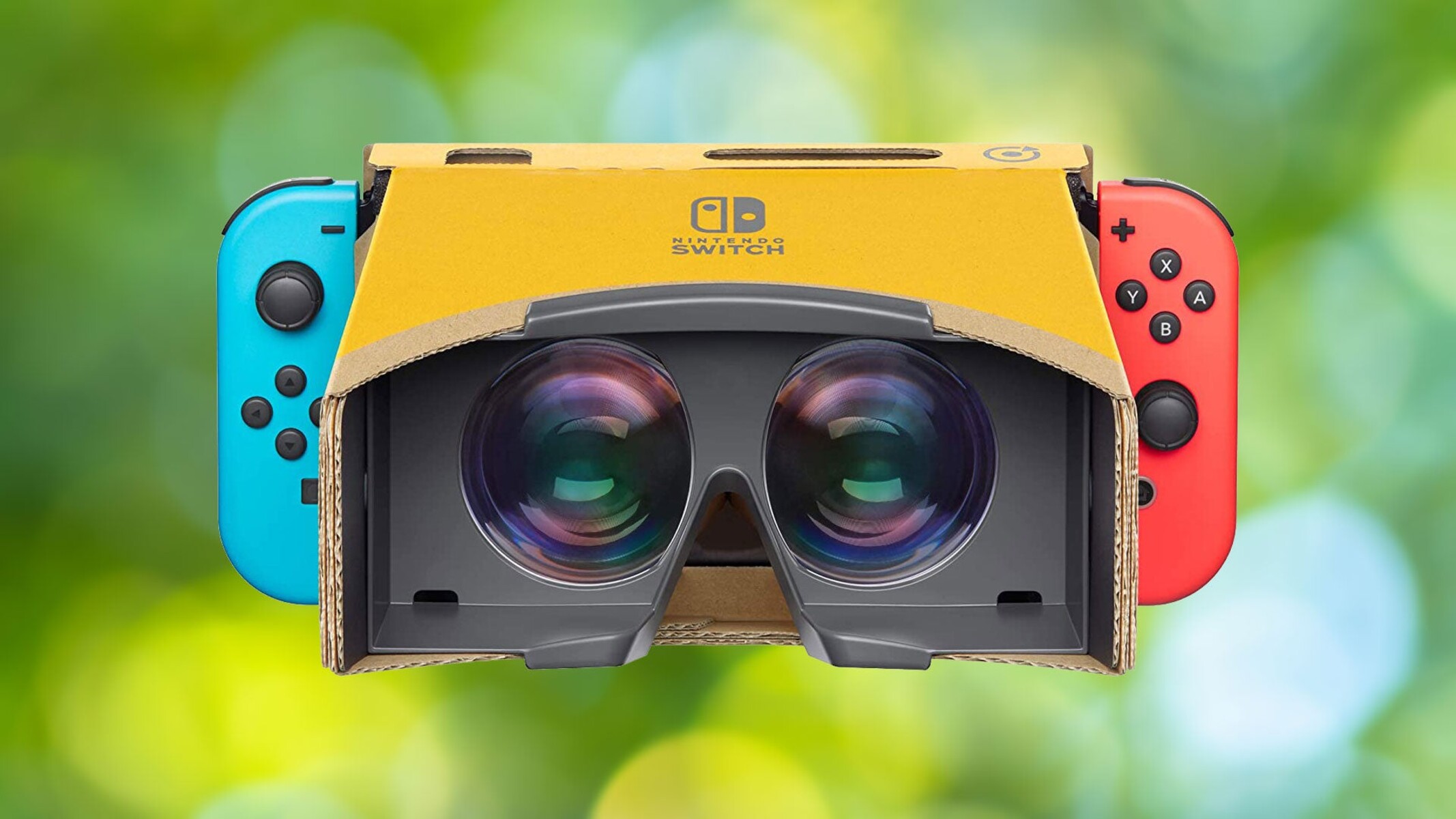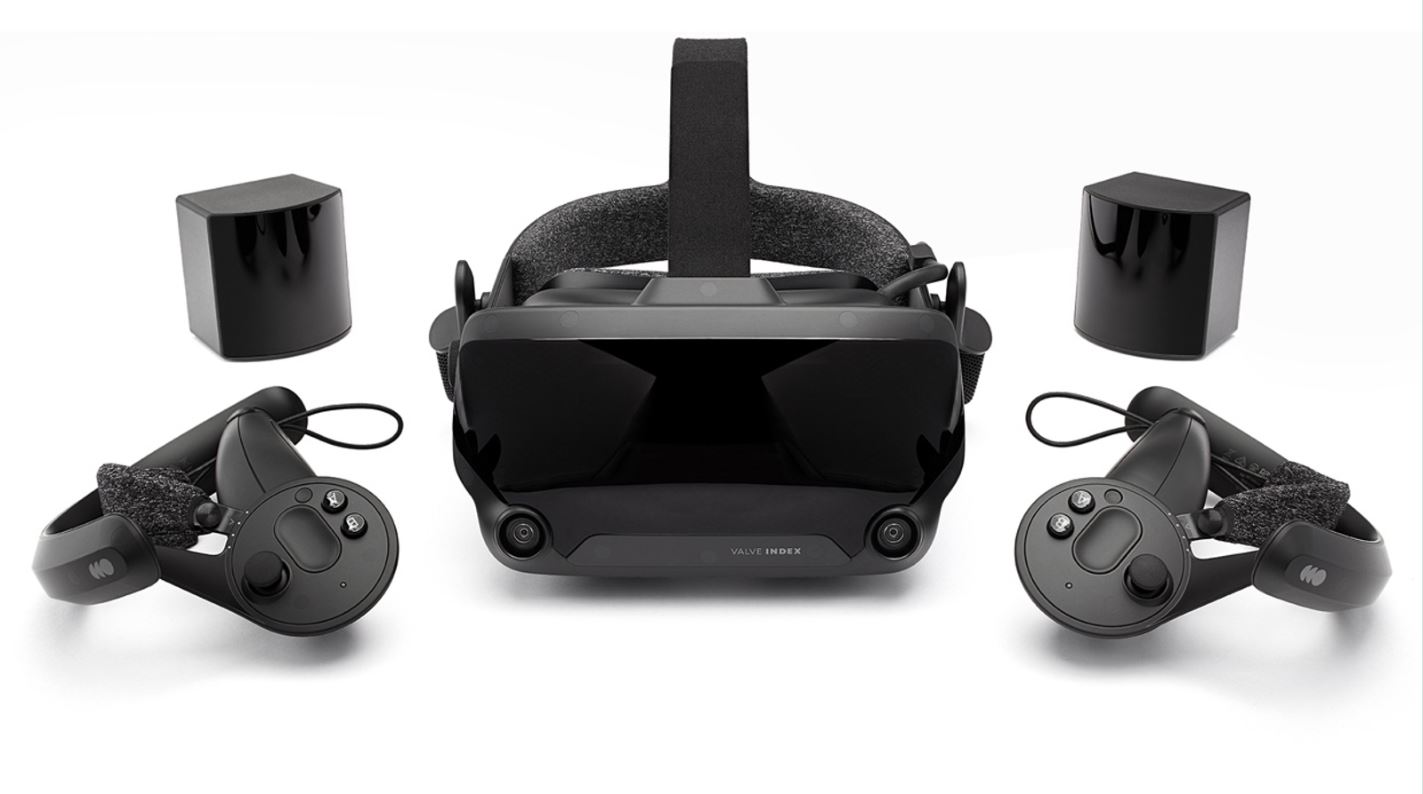Introduction
Welcome to the world of virtual reality (VR) headsets! These incredible devices transport us to immersive digital worlds, allowing us to experience games, movies, and other content like never before. As avid users of VR headsets, one of the most important considerations is ensuring that our devices are ready to go whenever we want to dive into the virtual realm.
One key aspect of using VR headsets is understanding how long it takes to charge them. After all, nobody wants to wait around for ages before embarking on their virtual adventures. However, the charging time of VR headsets can vary depending on several factors, such as the battery capacity, charging methods, and individual device specifications.
In this article, we will explore the different factors that influence the charging time of VR headsets and provide you with some useful tips to reduce charging time. Additionally, we will compare the charging times of popular VR headsets to give you an idea of what to expect from different models.
So, whether you’re a VR enthusiast or a newbie looking to explore the world of virtual reality, read on to discover the ins and outs of VR headset charging times and how you can optimize your charging experience.
Factors that Affect Charging Time
Several factors can influence the charging time of VR headsets. Understanding these factors can help you plan your charging routine and avoid unexpected delays in using your device.
1. Battery Capacity: The battery capacity of VR headsets plays a significant role in determining the charging time. VR headsets with larger battery capacities will generally take longer to charge compared to those with smaller capacities. This is because more power needs to be replenished for a longer-lasting VR experience.
2. Charging Method: The charging method you use can affect how quickly your VR headset charges. Some VR headsets come with a dedicated charging dock, which can provide faster charging compared to connecting the headset directly to a computer or wall outlet. The charging speed may also vary depending on the type of cable used and the power output of the charging source.
3. Device Usage during Charging: When you use your VR headset while it’s charging, the charging time may be prolonged. This is because using the device consumes power, which slows down the charging process. It’s best to avoid using your VR headset while charging to ensure optimal charging speed.
4. Battery Health: The health of your VR headset’s battery can impact the charging time. Over time, batteries may degrade, leading to reduced charging efficiency. If you notice that your VR headset is taking significantly longer to charge than usual, it might be worth considering replacing the battery.
5. Charging Source: The power output of the charging source can affect the charging time of your VR headset. Using a higher-powered charger can potentially reduce charging time compared to lower-powered chargers. However, it’s essential to use a charger that is compatible with your VR headset to avoid any potential damage to the device.
Considering these factors, it’s important to plan your charging routine accordingly. If you know you’ll be using your VR headset for an extended period, make sure to allow ample time for the device to charge fully before use.
Now that we understand the factors that can impact charging time, let’s delve into the battery capacities of different VR headsets to gain further insight into their charging requirements.
Battery Capacity of Different VR Headsets
VR headsets come in various models and brands, each with its own unique battery capacity. The battery capacity directly affects the charging time and how long the VR headset can be used on a single charge. Here are some examples of popular VR headsets and their respective battery capacities:
- Oculus Quest 2: The Oculus Quest 2, a widely acclaimed VR headset, features a battery capacity of 3648mAh. This robust battery allows for extended playtime and immersive experiences. Charging time can vary, but it typically takes around 2-3 hours to fully charge the Oculus Quest 2.
- HTC Vive Cosmos Elite: The HTC Vive Cosmos Elite is another popular VR headset known for its impressive performance. It is equipped with a 2800mAh battery, providing sufficient power for engaging virtual experiences. On average, it takes approximately 2-2.5 hours to fully charge the HTC Vive Cosmos Elite.
- Sony PlayStation VR: The Sony PlayStation VR, designed for use with the PlayStation 4 console, has a battery capacity of 1000mAh. While the PlayStation VR is primarily powered via a direct connection to the console, the battery is used for some wireless functionality. Charging time for the battery is relatively quick, usually taking around 1-1.5 hours to reach full capacity.
- VALVE Index: The VALVE Index is known for its high-quality visuals and immersive VR experience. It is powered through a direct connection to a PC and does not have an internal battery. Therefore, charging time is not applicable to this headset.
It’s important to note that the charging time mentioned for each VR headset is an estimate and can vary depending on various factors, such as the charging method used and the power output of the charging source. It’s always best to refer to the manufacturer’s guidelines for specific charging information for your VR headset.
In the next section, we’ll explore the different charging methods available for VR headsets and how they can impact charging time.
Charging Methods for VR Headsets
When it comes to charging your VR headset, there are several methods available, each with its own advantages and considerations. Understanding these charging methods can help you make informed decisions about how to charge your VR headset effectively and efficiently.
1. Charging Dock: Some VR headsets come with a dedicated charging dock that allows you to dock and charge the device conveniently. Charging docks often provide faster charging compared to other methods, thanks to their optimized power delivery and design. Simply place your VR headset on the dock, and it will begin charging automatically. This method is particularly convenient for those who frequently use their VR headset and want a hassle-free charging experience.
2. Direct Connection: Most VR headsets can be charged by connecting them directly to a power source using a charging cable. This method involves plugging one end of the cable into the headset and the other end into a USB port on a computer, a wall adapter, or a power bank. While this method is widely available and versatile, the charging speed may vary depending on the power output of the charging source. It’s recommended to use a high-quality USB cable and a charger with sufficient power output to ensure efficient charging.
3. Wireless Charging: A relatively new option for some VR headsets is wireless charging. This method uses induction technology to charge the device without the need for a physical connection. Wireless charging pads or stands are used to charge the VR headset by simply placing it on top of the charging surface. While wireless charging offers convenience and eliminates the need for cables, it may not be as fast as wired charging methods. Additionally, not all VR headsets support wireless charging, so it’s essential to check the compatibility before attempting to charge wirelessly.
Regardless of the charging method you choose, it’s essential to follow the manufacturer’s guidelines to ensure safe and efficient charging. Avoid using generic or low-quality charging accessories, as they may not provide optimal charging performance or could potentially damage the VR headset.
Now that you are familiar with different charging methods, let’s explore some tips to help reduce the charging time for your VR headset.
Tips to Reduce Charging Time
Waiting for your VR headset to fully charge can sometimes feel like an eternity, especially when you’re eager to embark on your virtual adventures. Fortunately, there are several tips you can follow to help reduce the charging time and get back to your VR experience more quickly. Here are some effective tips:
- Use the Right Charger: Ensure that you use the charger provided by the manufacturer or a charger that is compatible with your VR headset. Using a higher-powered charger that meets the device’s specifications can significantly decrease the charging time.
- Avoid Device Usage While Charging: Using your VR headset while it’s charging can slow down the charging process. It’s best to avoid using the device and allow it to charge undisturbed to optimize the charging speed.
- Close Unnecessary Apps and Processes: Before connecting your VR headset to the charging source, close any unnecessary background apps or processes on your device. This can help reduce the power consumption and allow the battery to charge more efficiently.
- Ensure Proper Ventilation: During charging, ensure that your VR headset is placed in a well-ventilated area. Overheating can slow down the charging process and even cause damage to the device. Avoid charging your headset in an enclosed space or covering it with fabrics or other materials.
- Utilize Sleep Mode: Some VR headsets have a sleep mode or power-saving feature that can be activated during charging. This mode reduces power consumption, allowing for faster charging. Consult your device’s user manual or settings to enable this feature if available.
By following these tips, you can significantly reduce the charging time of your VR headset and minimize the wait before immersing yourself in the virtual world.
Now, let’s proceed to the next section, where we will compare the charging times of popular VR headsets to give you a better understanding of the variations among different models.
Comparison of Charging Time for Popular VR Headsets
When it comes to the charging time of VR headsets, it’s helpful to have an idea of how they compare to one another. Remember that charging time can vary depending on various factors, including battery capacity, charging method, and power output of the charging source. Here’s a comparison of the estimated charging times for some popular VR headsets:
- Oculus Quest 2: The Oculus Quest 2 has a battery capacity of 3648mAh and typically takes around 2-3 hours to fully charge. This relatively quick charging time allows for minimal downtime and more extended playtime.
- HTC Vive Cosmos Elite: With a battery capacity of 2800mAh, the HTC Vive Cosmos Elite generally takes approximately 2-2.5 hours to reach full charge. This charging time ensures that you can quickly get back to your VR experiences without much delay.
- Sony PlayStation VR: The Sony PlayStation VR, primarily powered by a direct connection to the PlayStation 4 console, has a smaller battery capacity of 1000mAh. As a result, it only takes about 1-1.5 hours to fully charge, allowing for shorter waiting times and more immersive gaming sessions.
- VALVE Index: The VALVE Index doesn’t have an internal battery and is powered through a direct connection to a PC. Therefore, charging time is not applicable to this headset.
These charging times are approximate values and can still be influenced by various factors, as mentioned earlier. It’s always best to consult the manufacturer’s guidelines for specific charging information for your VR headset.
By understanding the charging times of different VR headsets, you can plan your charging routine accordingly and ensure that your device is ready when you want to dive into the virtual world.
Now, let’s wrap up this article with a final section that summarizes the key points discussed.
Conclusion
Charging your VR headset efficiently is essential for minimizing downtime and ensuring that you can enjoy your virtual reality experiences to the fullest. By considering various factors that affect charging time, such as battery capacity, charging methods, and device usage, you can optimize the charging process and reduce waiting times.
We explored how the battery capacity of different VR headsets can influence the charging time, with examples including the Oculus Quest 2, HTC Vive Cosmos Elite, and Sony PlayStation VR. Understanding the battery capacity of your specific VR headset allows you to plan your charging routine accordingly.
We also discussed different charging methods available for VR headsets, including charging docks, direct connections, and wireless charging. Each method has its advantages and considerations, allowing you to choose the most suitable option based on convenience and charging speed.
Additionally, we provided some valuable tips to reduce charging time, such as using the correct charger, avoiding device usage during charging, closing unnecessary apps, ensuring proper ventilation, and utilizing sleep mode if available. Following these tips can help expedite the charging process and minimize waiting times.
Lastly, we compared the estimated charging times of popular VR headsets, including the Oculus Quest 2, HTC Vive Cosmos Elite, Sony PlayStation VR, and the VALVE Index, which does not require direct charging due to its connection to a PC.
By considering these factors, understanding the charging methods, and implementing the provided tips, you can ensure efficient and effective charging for your VR headset, allowing you to immerse yourself in the virtual world without unnecessary delays.
Now, go ahead and enjoy your virtual reality adventures with the confidence of knowing how to optimize your VR headset’s charging time!







